-

Fashioned to replicate the tools of Inuit people, this wooden paddle accompanied Vilhjalmur Stefansson on an Arctic expedition in 1908. Even though Stefanson did not attend Dartmouth, he acted as an Arctic Consultant and founder of Dartmouth’s Northern and Polar Studies Program from 1947 until his death in 1962.
-

Fashioned to replicate the hunting tools of Inuit people, this Seal spear accompanied Vilhjalmur Stefansson on an Arctic expedition in 1908. Even though Stefanson did not attend Dartmouth, he acted as an Arctic Consultant and founder of Dartmouth’s Northern and Polar Studies Program from 1947 until his death in 1962.
-
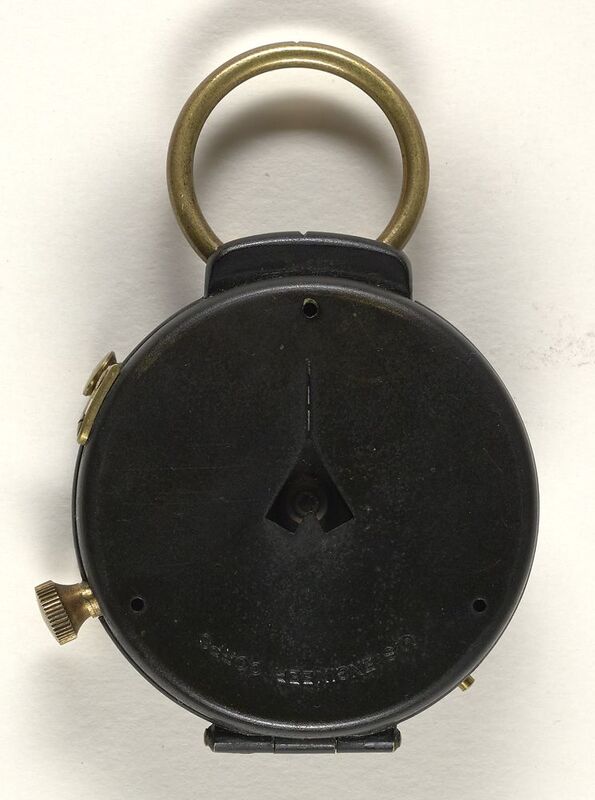
-
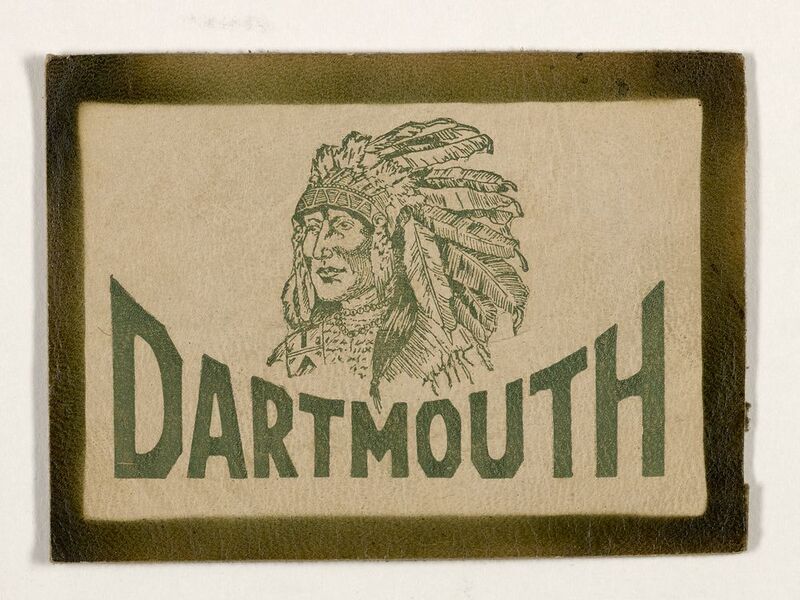
-
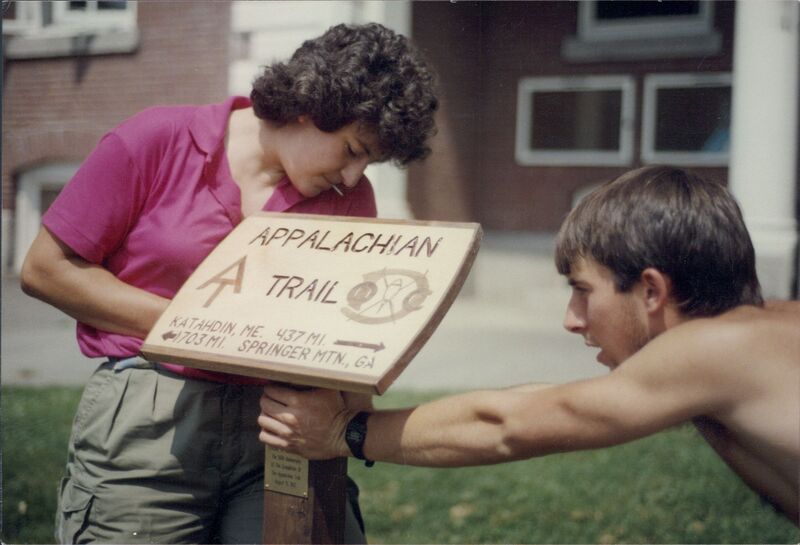
The preservation of the Appalachian Trail depends on groups of volunteers to maintain the 2,100 miles hiking paths and hundreds of shelters. The Dartmouth Outing Club is responsible for a 50 mile stretch of the “AT” running from the Ledyard Bridge to Woodstock, New Hampshire.
-
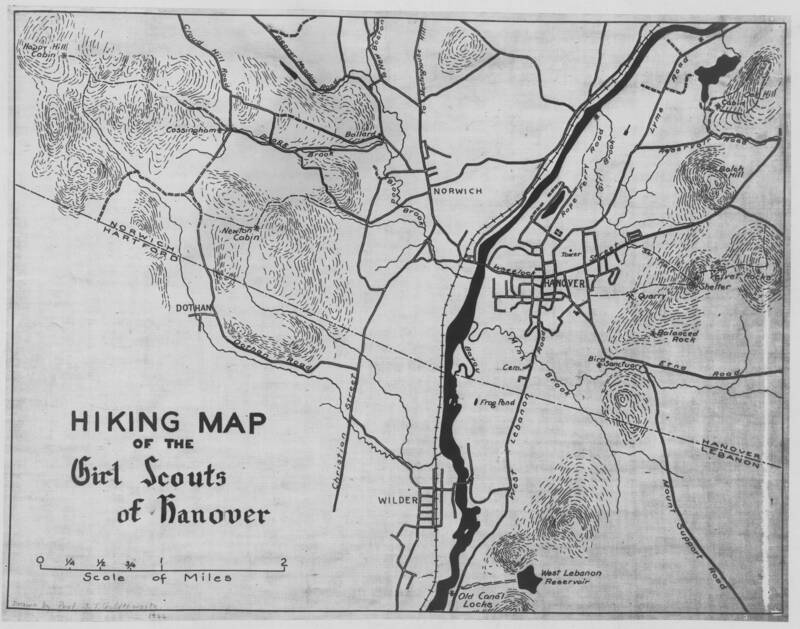
-
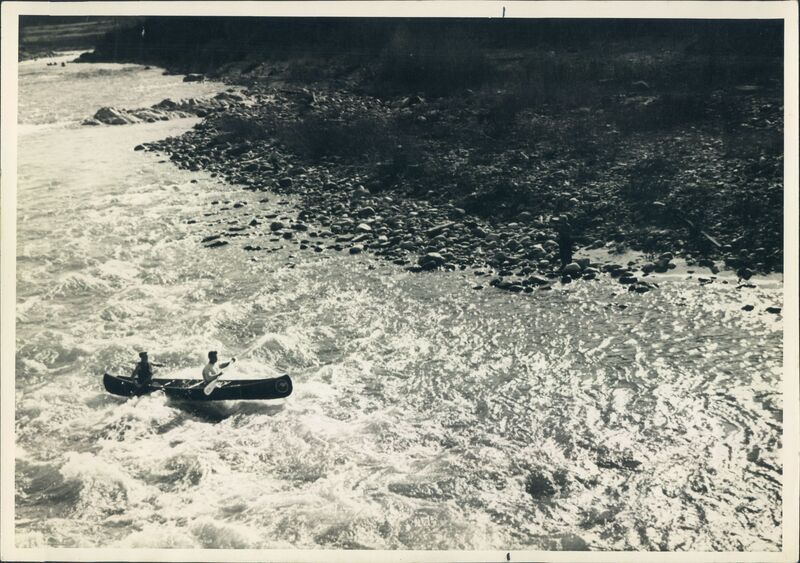
In 1920, the administration’s refusal to revive the Dartmouth rowing team provided students with the opportunity to start the Ledyard Canoe Club as a nonprofit organization independent from the College.
-

At night, temperatures drop to 20 or 30 below zero, and as the wood in the stove dwindles, the tent gets colder and colder. To mitigate the cold, backpacks and gear are set against the outsides of the tent, and everyone uses heavy sleeping bags. Still, staying warm is a challenge. One key piece of gear for warmth is mukluks - traditional native boots made of moose hide, wool, and canvas.
-
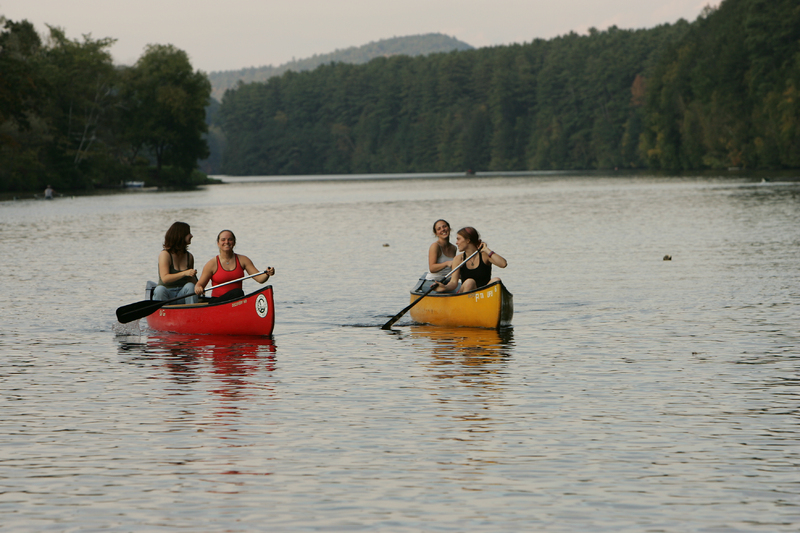
Increasingly, students and faculty must confront the complicated relationship between venturing into nature and helping to preserve it.
-
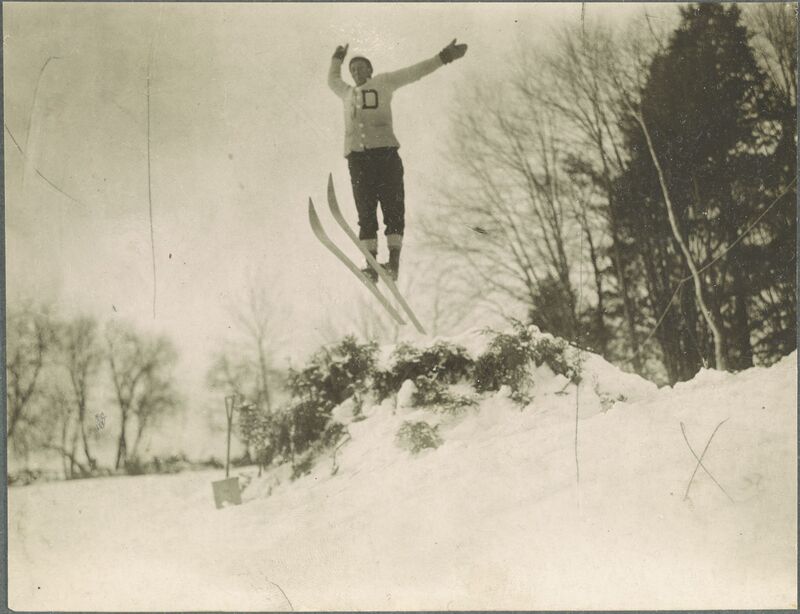
In 1909, scrutiny greeted Fred Harris 1911 and other founding members of the DOC when they proposed wintertime sports such as skiing and snowshoeing.
-
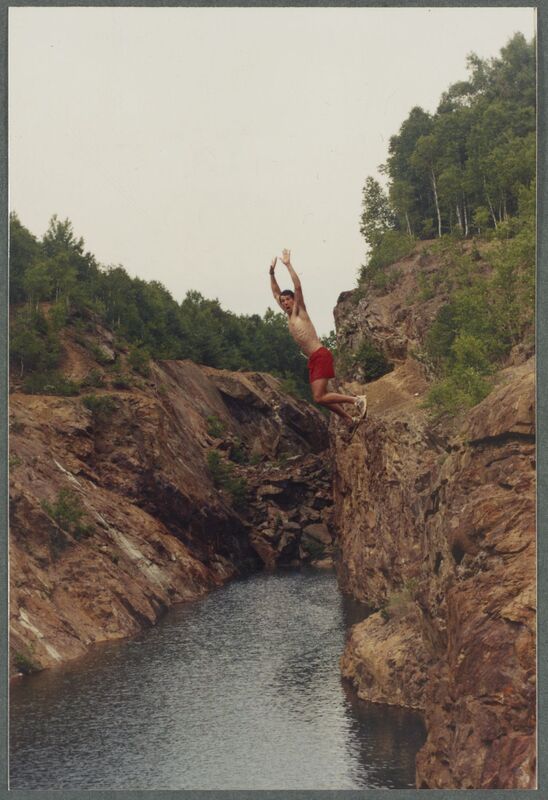
While not all adventures mean breaking the law, this adventuresome spirit decided jumping into a protected New Hampshire reservoir was worth the legal risks. No swimming!
-

-
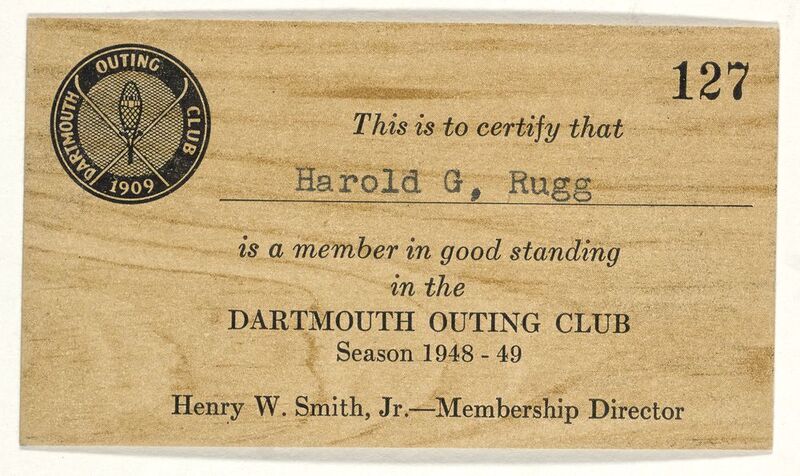
Dartmouth Outing Club membership cards and badges, 1910-1975.













